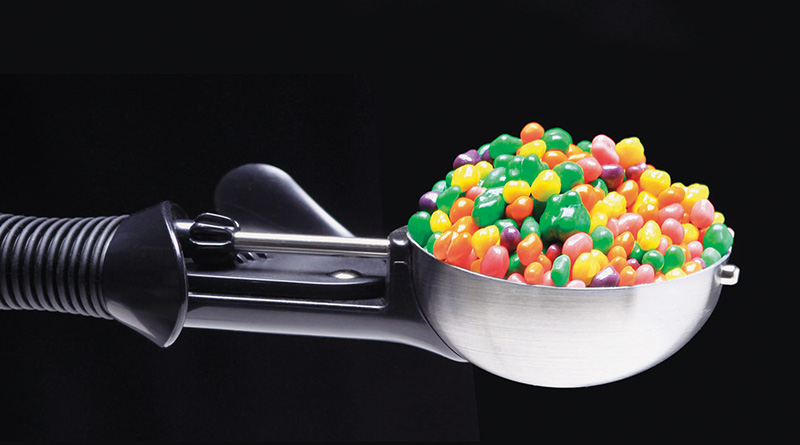Dying For Sugar
By Patricia de Salazar, ROHP
Studies show that sugar is just as habit-forming as any narcotic; and its use, misuse, and abuse is our nation’s number one disaster. The average healthy digestive system can digest and eliminate from two to four teaspoons of sugar daily, usually without noticeable problems (that is if damage is not already present). Just how much sugar are you consuming?
When you eat a refined carbohydrate like sugar, your body must borrow vital nutrients from healthy cells to metabolize the incomplete food. Calcium, sodium, potassium and magnesium are taken from various parts of the body to make use of the sugar.
Many times, so much calcium is used to neutralize the effects of sugar that the bones become osteoporotic due to the withdrawn calcium. Likewise, the teeth are affected and they lose their components until decay occurs and hastens their loss. Another serious problem with sugar that is now coming to the forefront is the various levels of mental problems; it has also been linked with juvenile criminal behaviour.
Our brains are very sensitive and react to quick chemical changes within the body. Dr. Alexander G. Schauss brings this solemn fact out in his book Diet, Crime and Delinquency when he states: “… Many mental ward and prison inmates are ‘sugarholics’ and erratic emotional outbreaks often follow a sugar binge.” Holistic healer Roger Bezanis, author of pH Madness says “more people are addicted to sugar than heroin and cocaine combined.
We are burning out our kidneys at an alarming rate thanks to poisons like these.” Excess glucose in the blood works to suppress the immune system within an hour, and it will take about six hours to normalize. Many studies have been conducted on the effects of sugar. But the conclusions are the same, through the combined effects of mineral imbalance, allergic reaction, and phagocytic suppression, sugar can destroy the immune system and slowly but surely lead to degenerative disease.
Jacob Teitelbaum, M.D. and Chrystle Fiedler, in their book Beat the Sugar Addiction Now say: “For thousands of years humans ate sugar naturally found in their food. It was not a problem, it was a treat. …Today more than one third of the calories we consume come from sugar and white flour added during food processing. But our bodies were not designed to handle this load. Sugar will give you an initial high, just to have you crashing several hours later, which leaves you wanting more sugar.
In fact sugar takes away more energy than it gives, and you end up immediately exhausted, anxious and moody. But sugar also causes many long term health problems. …Sugar is a mood altering substance, causes blood sugar to surge, insulin to spike and fat to get deposited throughout your body. The consequence is obesity, diabetes and heart disease, just to name a few. Consumption of high fructose corn syrup (HFCS) has risen to 250 per cent in the past 15 years, and the rate of diabetes has risen 45 per cent during the same time period.
Corn syrup is much more toxic to your body than cane sugar.” From the time we are born to the time we die, sweeteners are present in most of the foods we eat. In the US the first non-milk food a baby is likely to receive in the hospital is a 5 per cent glucose-and-water solution. Some baby milk formulas include sugar. Children are usually rewarded with sugary treats. For local sports teams and organizations, children commonly sell sweet treats such as Girl Scout cookies and chocolate bars. And bake sales at schools and churches are traditional fundraising events.
When sugar is removed from a child’s diet, school grades go up. If your child has a hard time falling or staying asleep, cannot concentrate in school or at home, has low grades in school, suffers with allergies, is prone to headaches, is hyperactive or listless, is overweight, cannot go for more than four hours without eating, has a hard time keeping friendships, or has colds or bacterial infections more than once a year, you should remove sugar (all forms) from his or her diet for two weeks.
You should see a positive change in your child. To calculate how many teaspoons of sugar are in a product:
- Check the nutrition label where sugars are listed in grams under total carbohydrates.
- Divide that number by 4 to convert to teaspoons (because each teaspoon of sugar is equal to 4 grams).
- If sugars are listed as 12g per serving, for example, that’s 3 teaspoons per serving.
Patricia de Salazar BSc (Nutr.), Dip.H.Ir., ROHP is a nutritionist in Sudbury. She can be reached at desalazar.iridology@gmail.com




